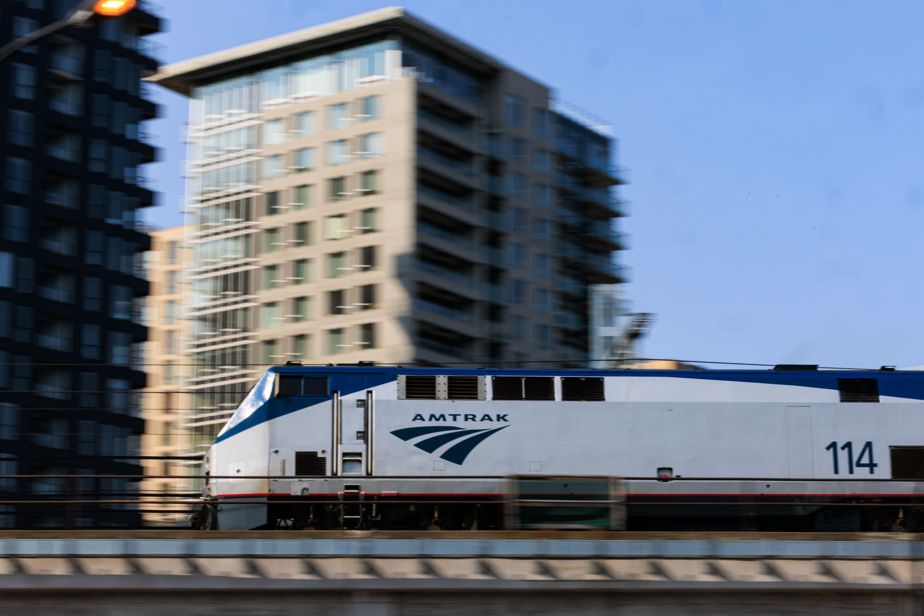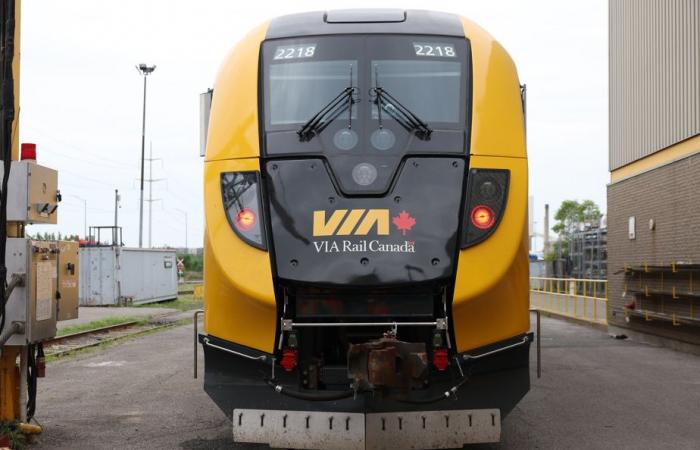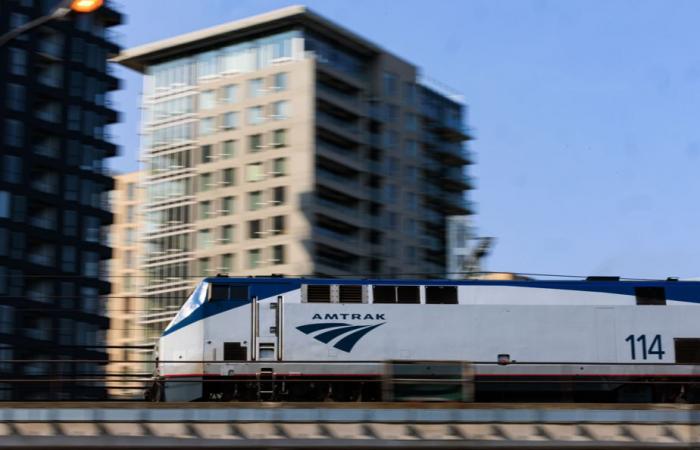Do you feel like everything is moving faster and faster in today’s world?
Published at 6:00 a.m.
Rest assured: there is an area where slowness is always king and where any idea of acceleration is inexorably blocked by internal forces. I’m talking about our fantastic passenger train service, where things are going from bad to worse while waiting for a TGV between Quebec and Toronto that we could end up announcing1.
Since the Thanksgiving weekend, delays of 30 to 60 minutes have been added to trips made in the Quebec-Windsor corridor2. The cause: a (another) dispute between VIA Rail, which transports passengers, and CN, owner of the rails.
This time, the issue concerns level crossings. CN considers that there is a risk that VIA Rail’s brand new trains will not trigger the mechanisms that close the barriers at level crossings. A story about axles, if you want to know everything. CN claims the new 24-axle trains are dangerous (the old ones had 32). VIA Rail disputes this thesis, pointing out that 16-axle trains have been running without problems for a long time.
The solution imposed by CN: ask VIA Rail trains already weighed down by unacceptable delays (barely 59% were on time last year) to slow down (yes, misery, slow down) at level crossings.
A little more and we will put on our trains these warnings that we see on school buses: “this vehicle stops at level crossings”…
PHOTO FRANÇOIS ROY, LA PRESSE ARCHIVES
The Lumi train from VIA Rail’s new fleet in the Quebec-Windsor corridor
CN argues that VIA Rail could avoid these slowdowns by installing antennas on its new trains, which would ensure that the barriers are triggered. VIA instead points to the quality of CN rails. The idea is not to resolve this umpteenth conflict between the two companies, but to note that once again, it is the travelers who are paying the price. In 2024, we should find a reliable way to detect a train weighing several tonnes arriving on the horizon and trigger the closure of a simple barrier. We’re not even talking about detecting dark matter in the Universe.
But perhaps the most disturbing thing about this story is the lack of impact it has had since the announcement of the new delays at VIA Rail. In addition to an exit from the Unifor union3I heard no loud cries, no denunciation, no promise of intervention from an elected official. Only the sounds of crickets (they say they chirp, according to my research).
Last summer, I interviewed the representative of a rail user advocacy group who described our rails as a “national shame.” I then learned that in the summer, on the Canadian portion of the Montreal-New York route, the maximum speed of trains is set at… 16 km/h. The figure is so absurd that I initially thought it was an error. No wonder the American carrier Amtrak has decided to interrupt summer service!
Our trains travel slower than bicycles caught in a headwind and that does not cause a scandal. Talk to a European about it and you’ll have to rescue him after he chokes with laughter.
CN has always been clear: the rails belong to it and it maintains its network so that it can support the transportation of goods, period. Anything beyond that must be negotiated with VIA Rail.

PHOTO HUGO-SÉBASTIEN AUBERT, LA PRESSE ARCHIVES
Amtrak train leaving Montreal Central Station last year
The new delays in the Quebec-Windsor corridor, however, provide further proof that the dialogue between the two companies is not working. It is high time that Transport Canada jumped into the fray and facilitated communication, taking as a starting point that rails are a strategic infrastructure of national interest. We can clearly see the federal government reacting when strikes or demonstrations threaten the movement of goods. But the obstacles to passenger transport seem to move him little.
To reduce our greenhouse gas emissions, it is nevertheless imperative to reduce car and plane travel – let us consider that, every day, around forty planes take off from Montreal towards Toronto, generating crazy pollution. For this, our train service must improve, not deteriorate. Waiting for a possible TGV cannot be our only strategy.
It’s up to the federal government to jump on the bandwagon and work to put an end to this sad farce.
1. Read the text “Ottawa will move forward with a high-speed train between Quebec and Toronto” on -
2. Read the text “Even slower trains between Quebec and Montreal”
3. Read Unifor’s union release
What do you think? Participate in the dialogue








